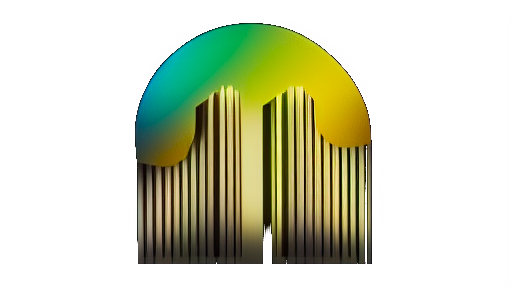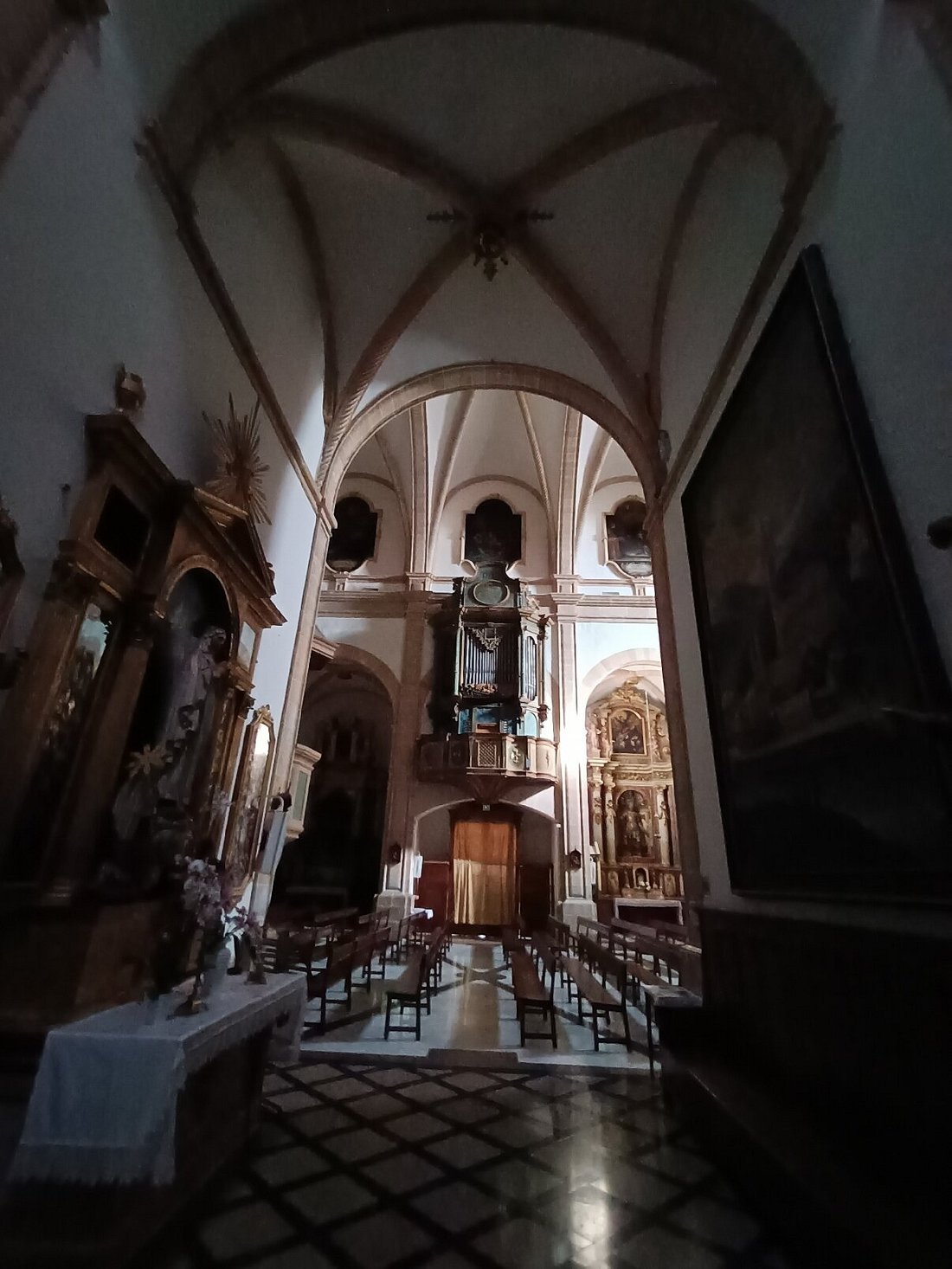Santa María del Camí, Esglesia de Santa María del Camí
| Builder | Gaspar Roig |
|---|---|
| Year | ca. 1555 |
| Period/Style | Renaissance |
| Stops | 10 |
| Keyboards | 1+P |
| Keyaction | tracker/mechanical |
The organ of Santa Maria del Camí, located in the parish church of the same name in Mallorca, has roots dating back to at least 1693, when the church acquired an older organ built by Gaspar Roig in 1554. This instrument was eventually replaced after a 1737 contract initiated by the town's officials and organ builder Lluís Navarro to construct a new organ. The old one was transferred to Santa Eugènia. While the organ was actively used for centuries, a failed modernization attempt in the late 1960s led to disassembly and storage of many parts. Fortunately, a full and faithful restoration was carried out in 1995 by Pere Reynés, and the organ was officially inaugurated in 1998.
The organ, situated above the side portal of the church, is in good working condition today. It features a 45-note keyboard with a short octave (C–C5) and a 7-note pedalboard (C–B), which controls two 8' stops—one flue and one reed. The pipework follows a traditional Caymari-style layout, with key stops including flautat, octava, mixtures (dotzena, quinzena, dinovena, vintidosena, cimbalet), reed stops (baixons, clarins), and ornamentals like the tapadet and nazards. The 1995 restoration preserved original tonal characteristics and reversed previous alterations, making the instrument one of the more authentic historical organs in the region.
The organ, situated above the side portal of the church, is in good working condition today. It features a 45-note keyboard with a short octave (C–C5) and a 7-note pedalboard (C–B), which controls two 8' stops—one flue and one reed. The pipework follows a traditional Caymari-style layout, with key stops including flautat, octava, mixtures (dotzena, quinzena, dinovena, vintidosena, cimbalet), reed stops (baixons, clarins), and ornamentals like the tapadet and nazards. The 1995 restoration preserved original tonal characteristics and reversed previous alterations, making the instrument one of the more authentic historical organs in the region.
| Left Hand / Right Hand | Pedal |
|---|---|
| Flautat / Flautat | Contres 8' i Contres de llengua 8' |
| Octava / Octava | |
| Dotzena i Quinzena / Dotzena i Quinzena | |
| Dinovena i Vintidosena / Dinovena i Vintidozena | |
| Cimbalet / Cimbalet | |
| Tapadet / Tapadet | |
| Nazards / Corneta | |
| Baixons / Clarins | |
| Trèmolo / Contrabaixó |
No Video/Audio samples available.
https://ca.wikipedia.org/wiki/Orgue_de_Santa_Maria_del_Cam%C3%AD
 Pipe Organ Map
Pipe Organ Map